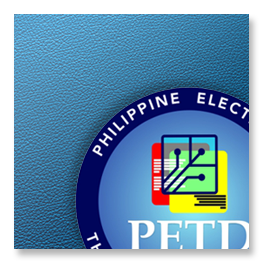Institutions and Local Public Goods Maintenance| Ethnographic and Experimental Evidence from Rural Kenya
Abstract: In recent years, a large literature has provided an array of evidence attempting to explain variation in the availability of local public goods. Despite the theoretical and empirical contributions of this literature, there are two persistent puzzles that cannot be explained by existing approaches. First, research on local public goods focuses almost exclusively on explaining whether or not public goods are provided. However, what this focus overlooks is that in many cases where local public goods are provided, there is often variation in the extent to which these goods are maintained over time. Why are some communities able to maintain the viability of local public goods over time, while others are not? Second, existing studies typically only focus on one type of institution when explaining public goods provision. One body of research focuses on how political institutions shape public goods provision by governments, while a separate literature focuses instead on how community-level institutions allow groups of citizens to overcome collective action problems and provide local public goods themselves. Despite this tendency in the literature, public goods outcomes are frequently jointly produced by state and community institutions. How do interactions between institutions shape public goods maintenance outcomes over time? This study develops a theory that attempts to explain these patterns and puzzles associated with the maintenance of local public goods by explicitly examining how both state and community institutions in a given locality interact with one another over time. The core of the theory is the idea that maintaining a local public good over time entails two distinct problems: i) the dynamic provision problem, which is based in the incentive of individuals to free-ride on the provision of the public good over time and 2) the harmful action problem, which is based in the incentive of individuals to take actions that benefit themselves, but degrade local public goods. Stable maintenance of local public goods entails creating institutions that can solve both types of problem. States and communities can both create institutions that solve both of these problems, but these institutions do not act in isolation. In particular, community institutions that provide public goods and prevent harmful action rely on shared social norms and direct, multiplex, and stable social networks. If new institutions complement local norms and networks, public goods will be maintained durably over time, but institutional interventions that either conflict with local norms or undermine local collective action will either lead to degradation of local public goods over time or more costly investments in public goods maintenance by governments. I test the implications of this theory using qualitative and quantitative evidence from a case study of a public sanitation program that I designed and implemented in the Laikipia region of Kenya in 2007 and 2008. The empirical analysis proceeds in three…
Related Resources
This study sought to evaluate the constitutional-legal and institutional framework for promoting and enhancing public financial accountability (PFA) in Ghana since the advent of the Fourth Republic in 1993. The study focused on three independent oversight institutions; the Office of the...
The researcher proposes that there are similarities as well as differences between the private and public institutions. Is it true that the results regarding achievements and quality are better with private education institutions than with public institutions, with much more difficulties facing private education than public education? What are the fundamental differences and similarities between the private and public Higher Educational institutions that lead to their marketing strategies?
